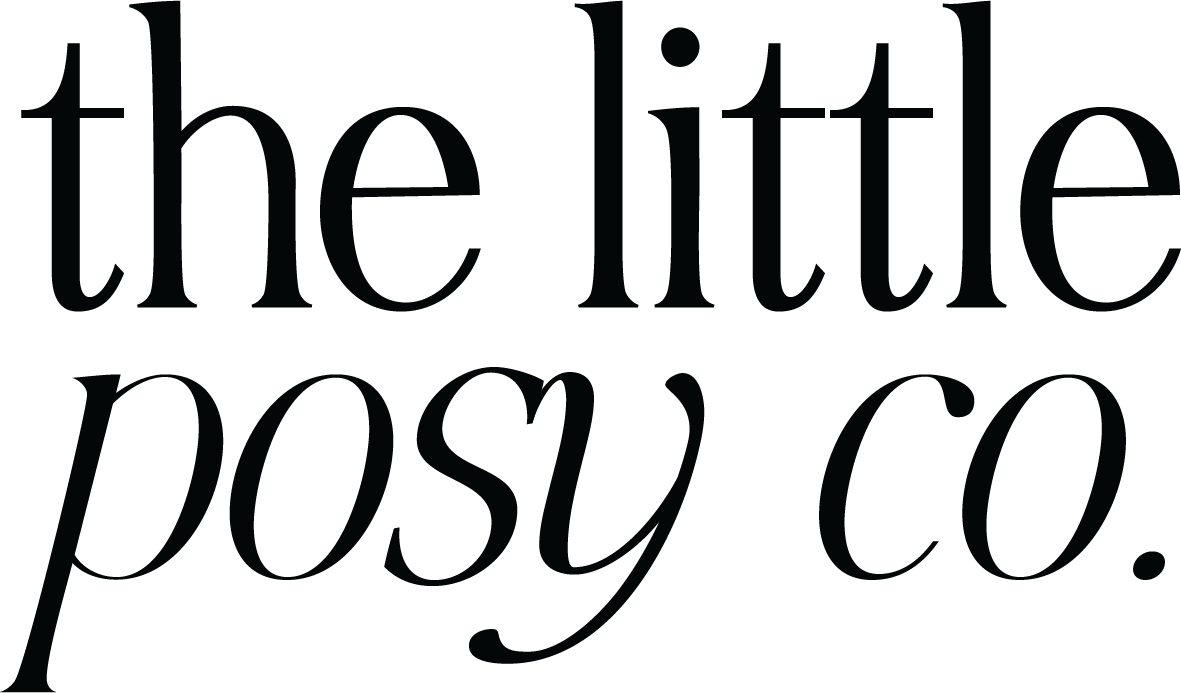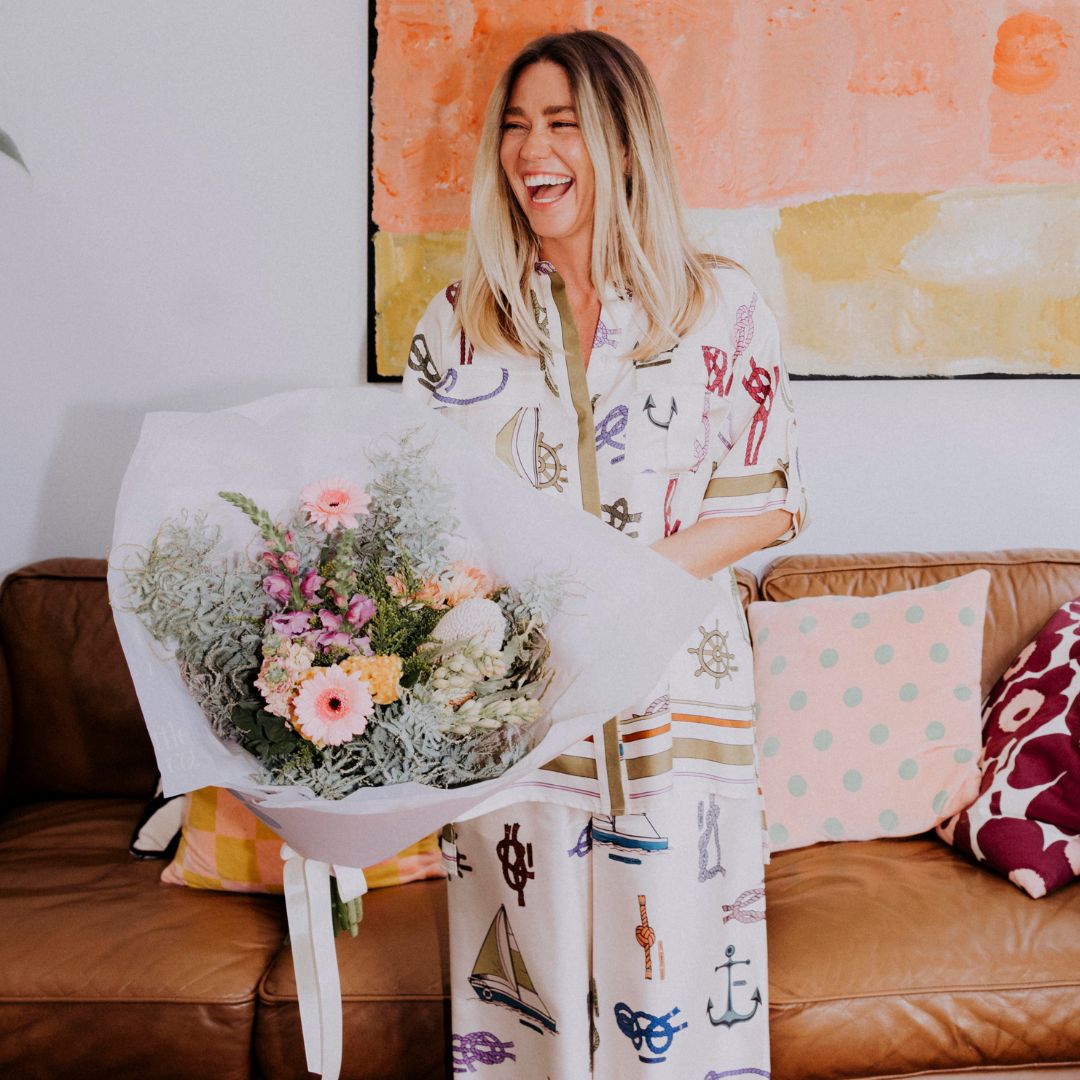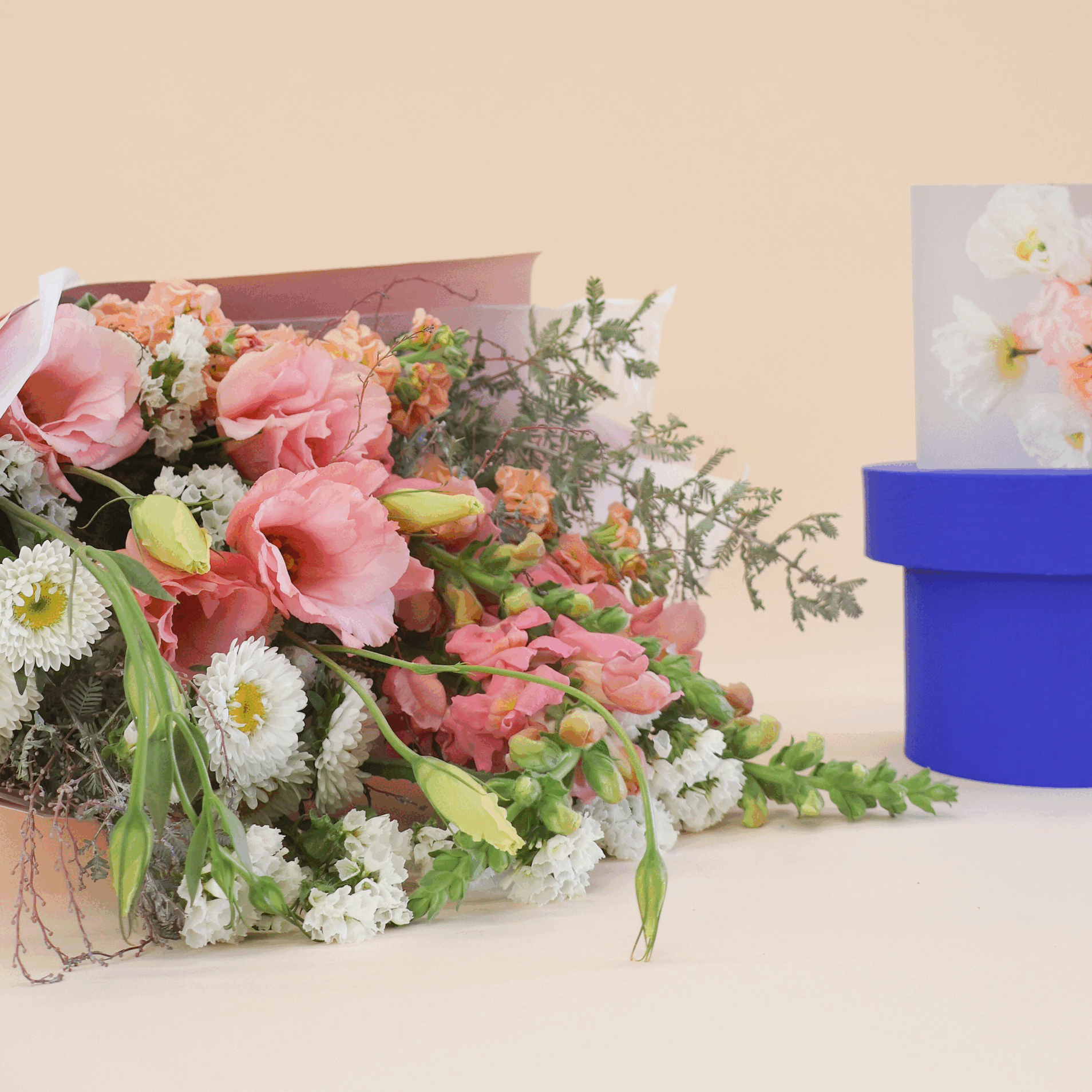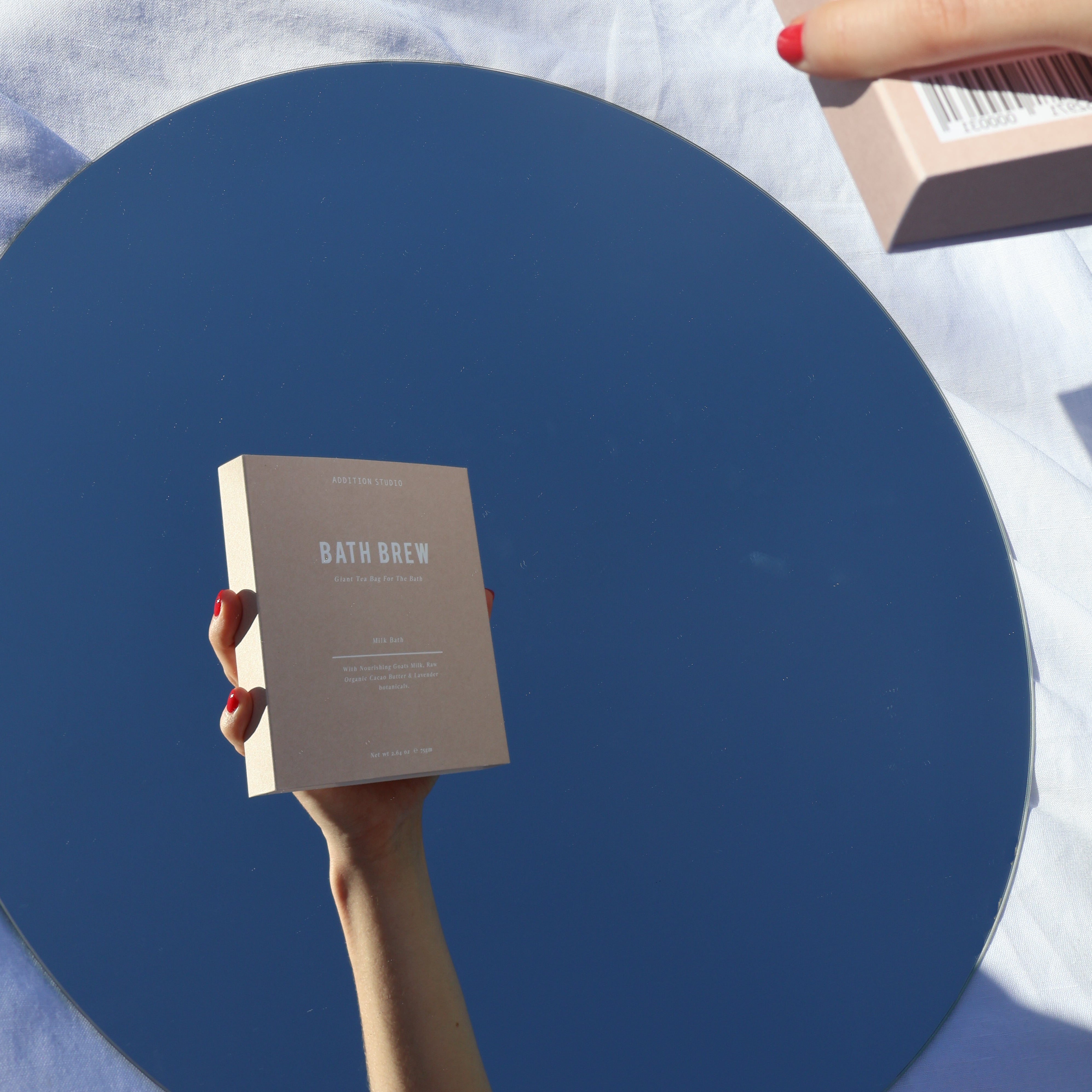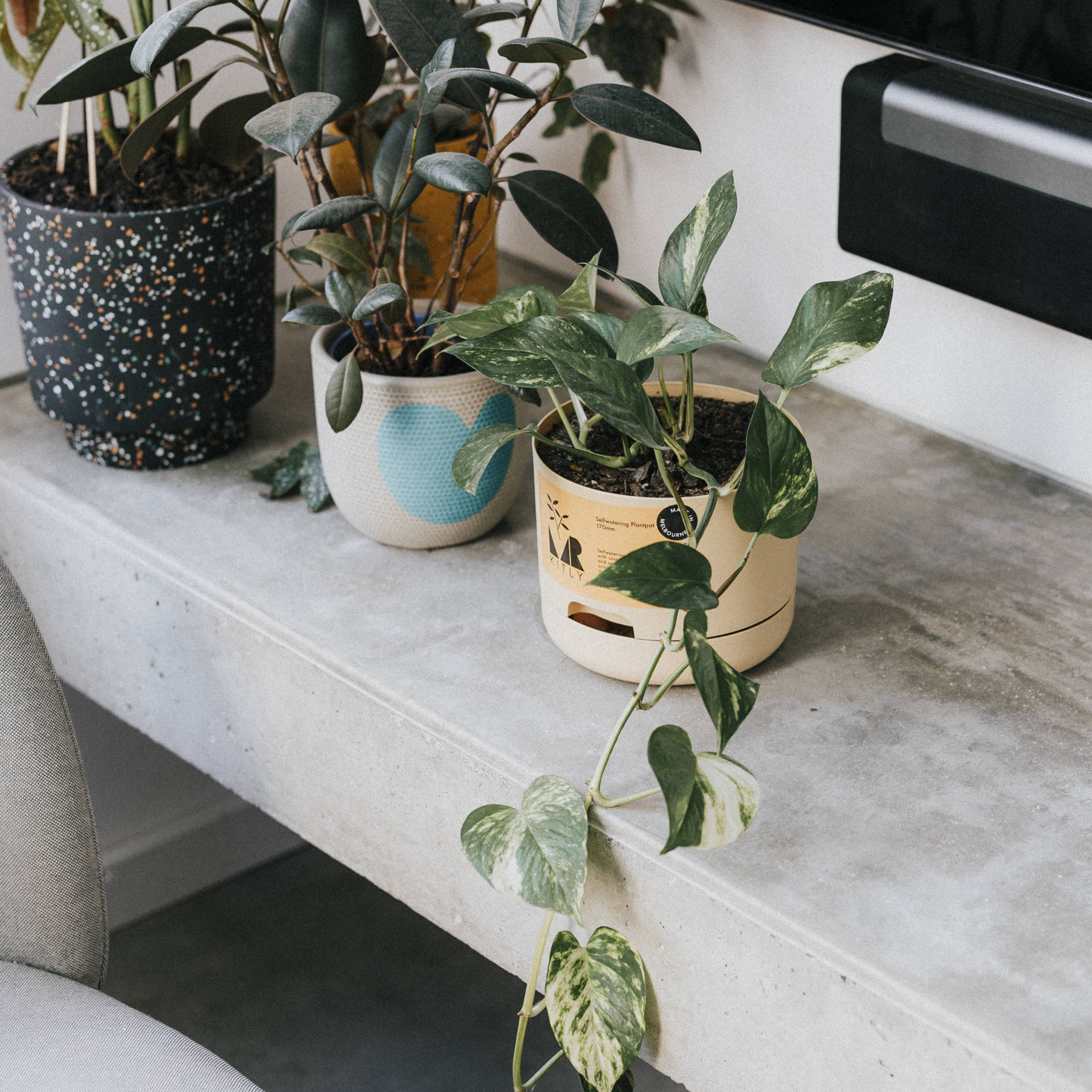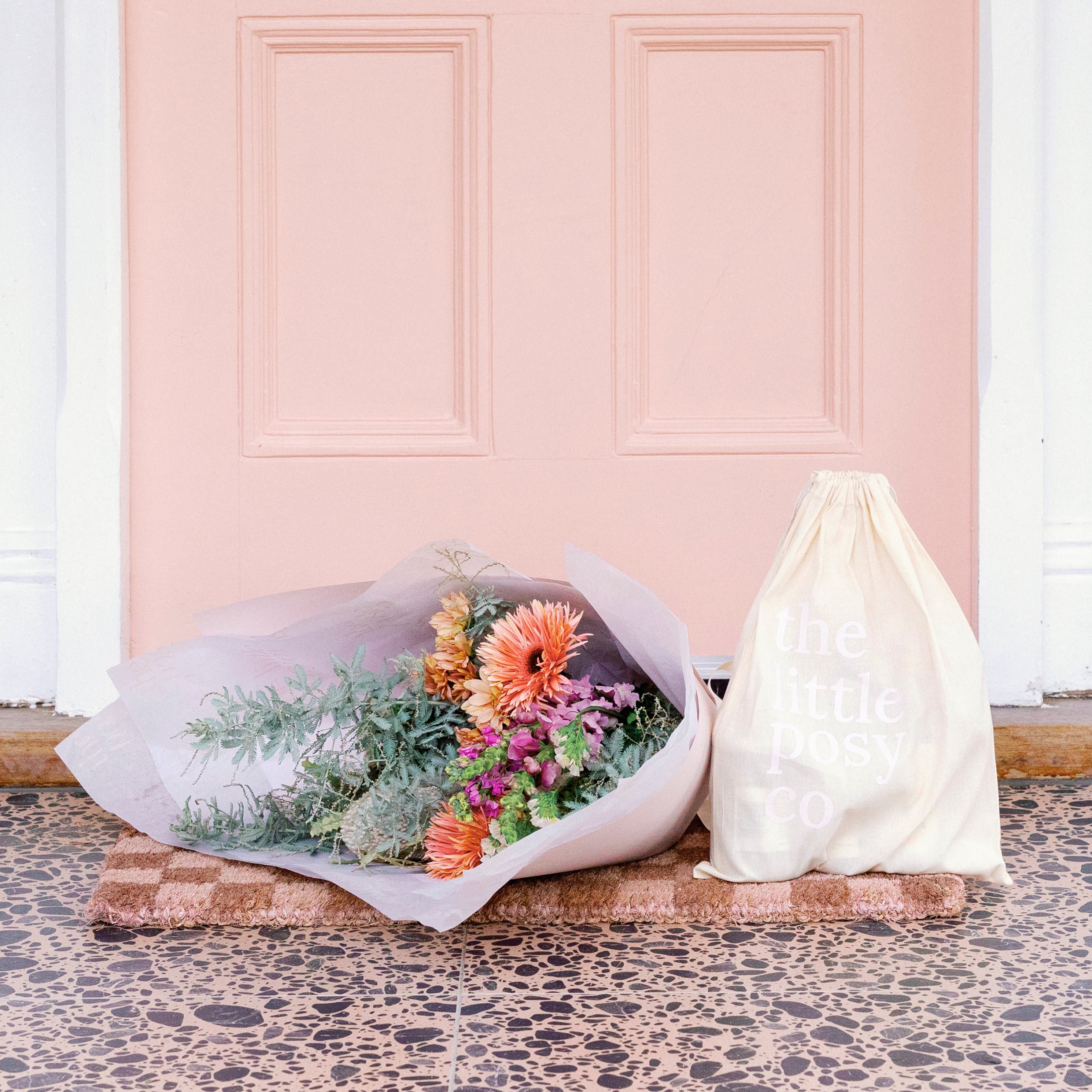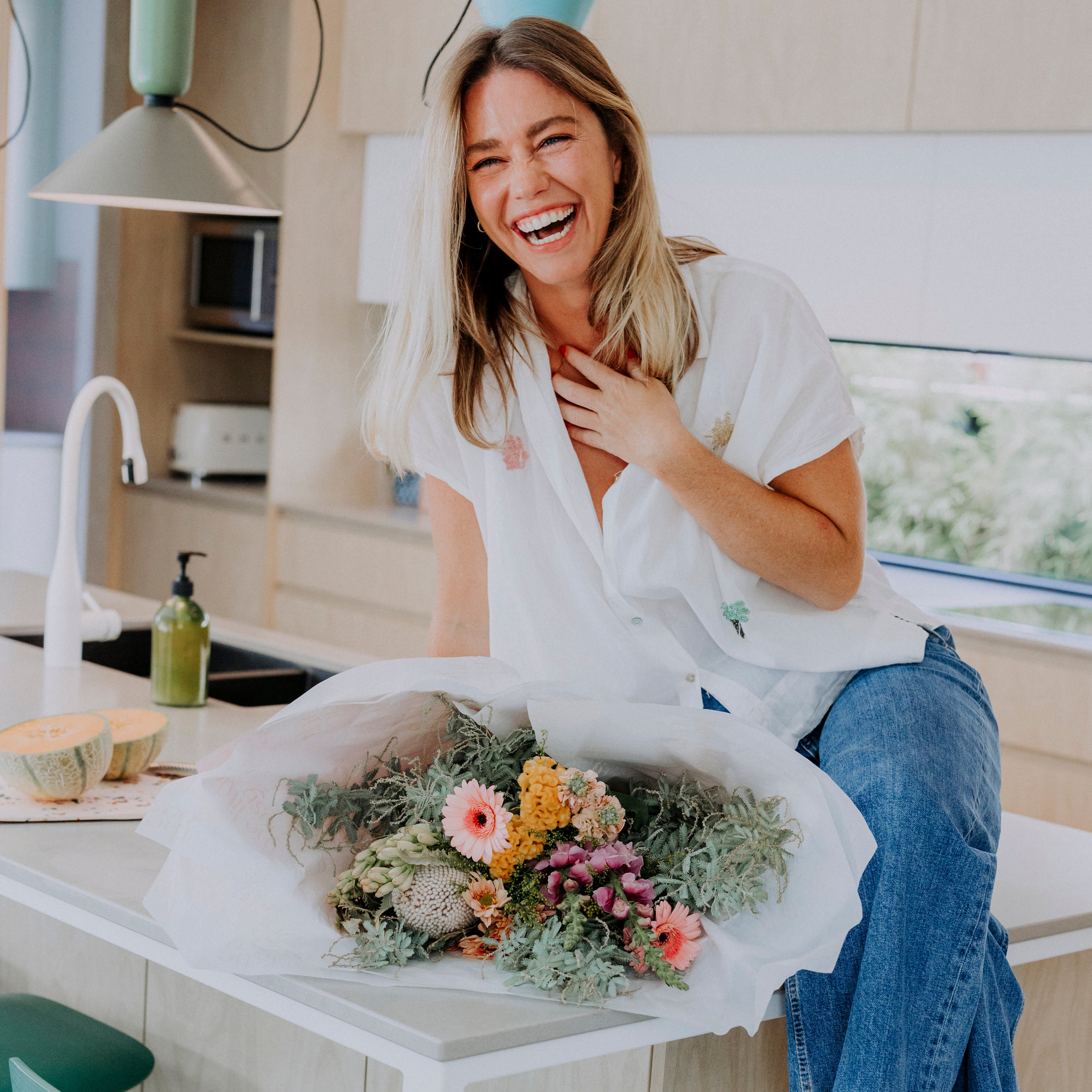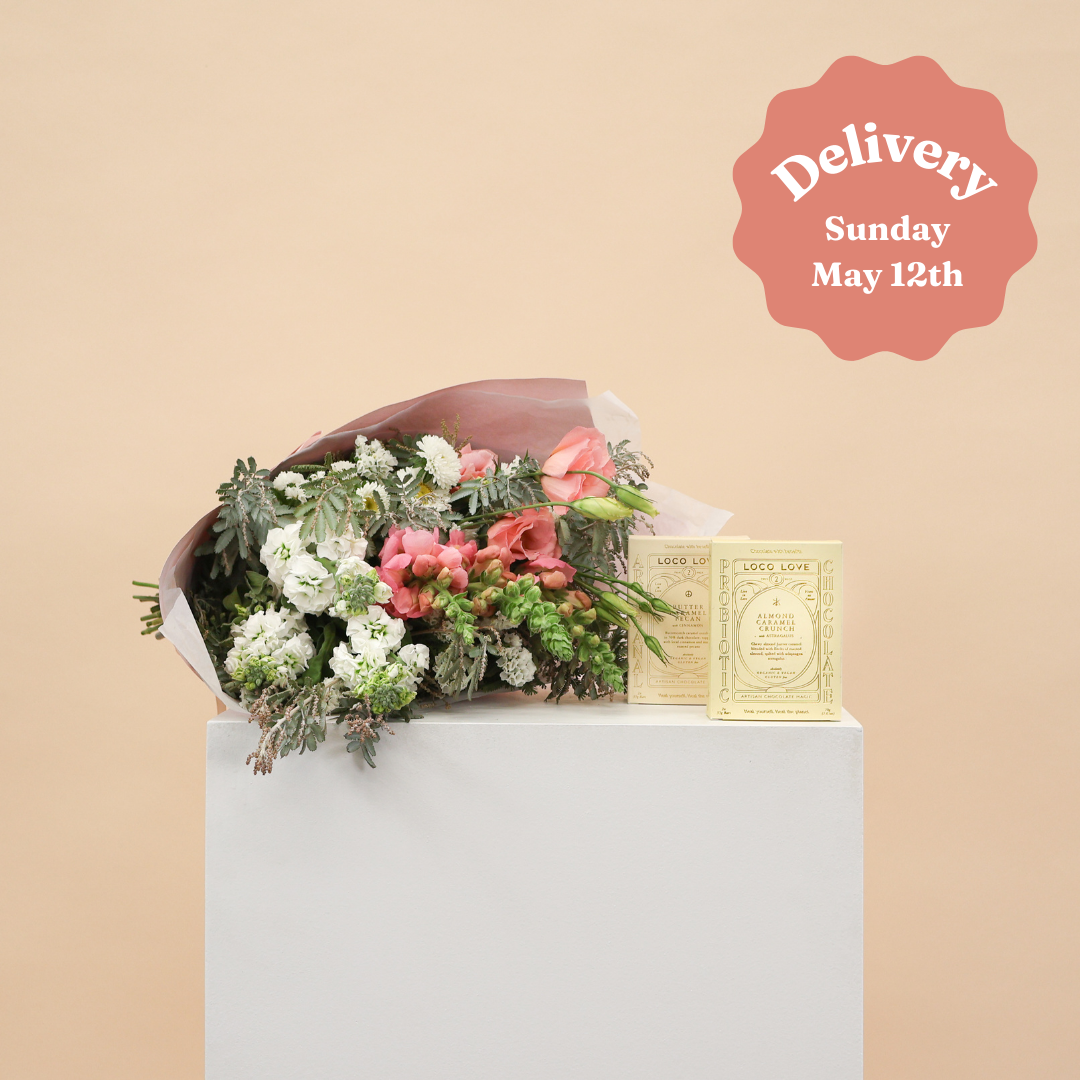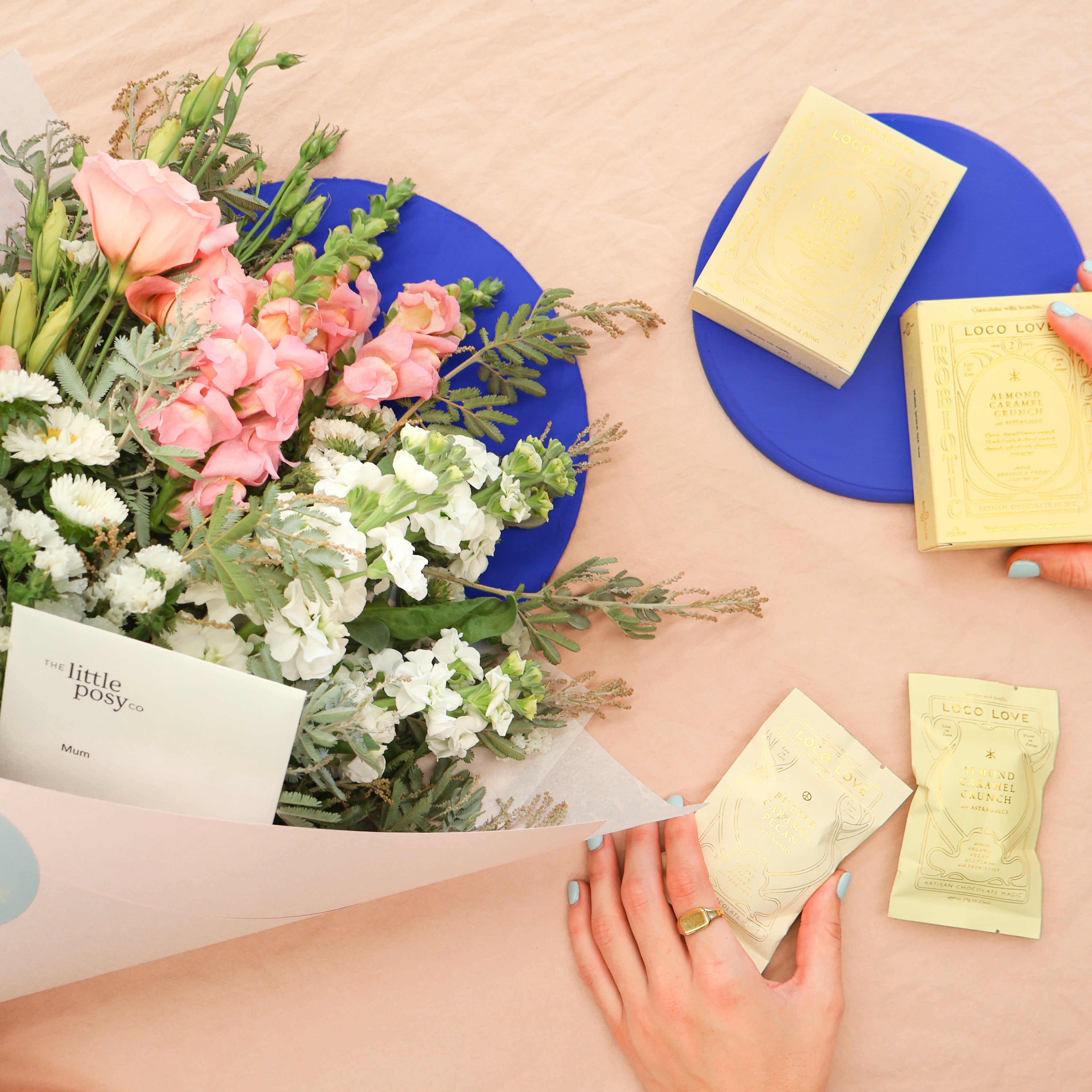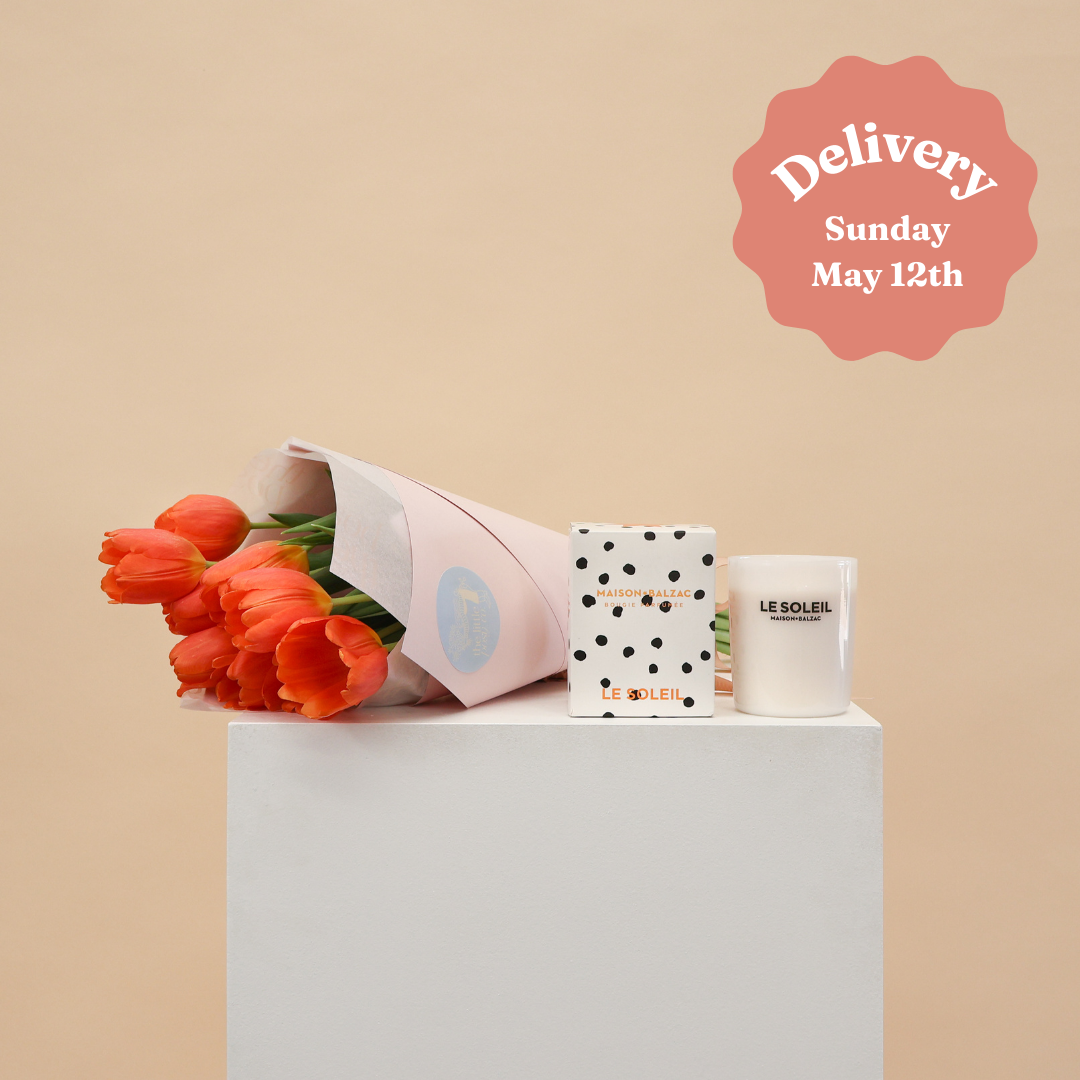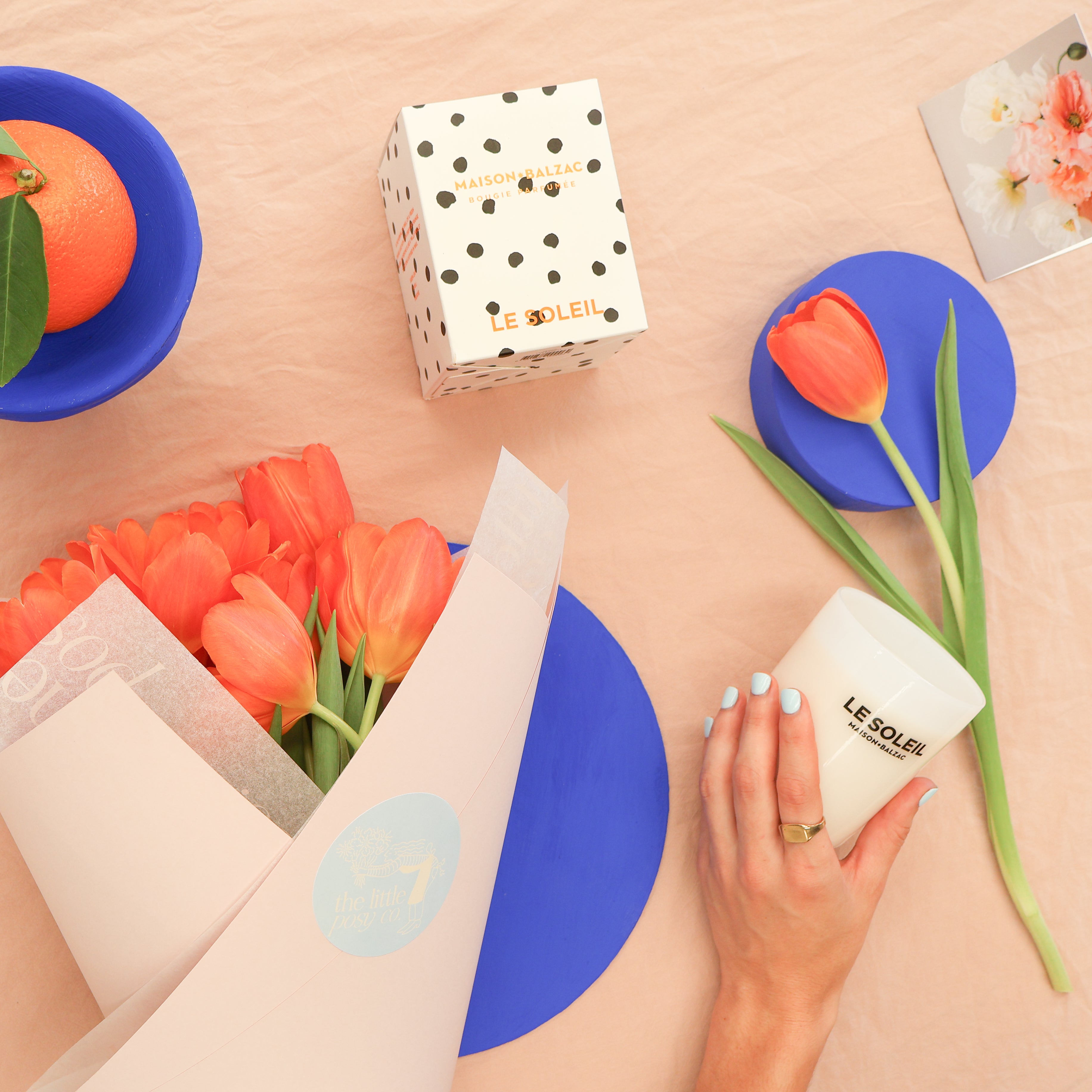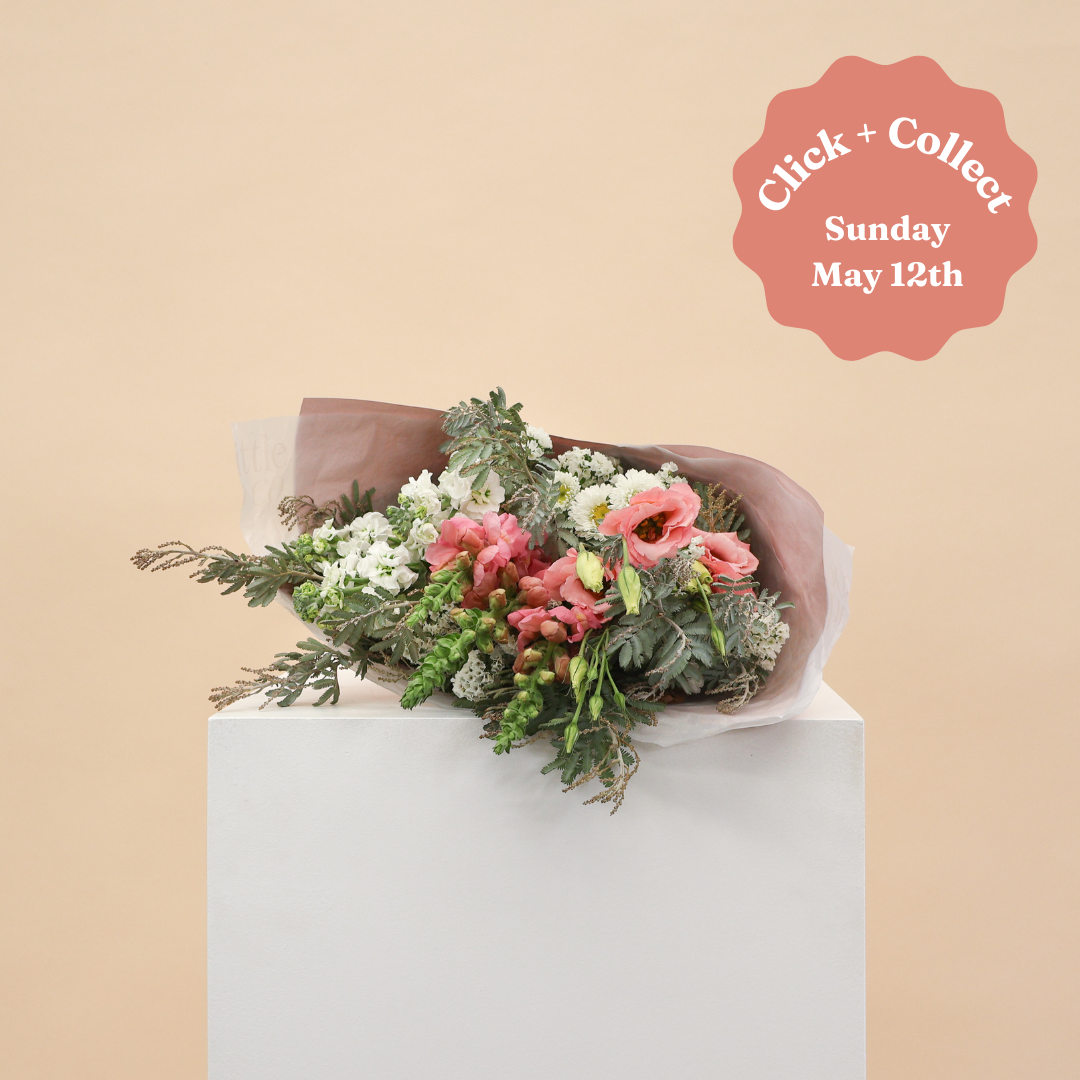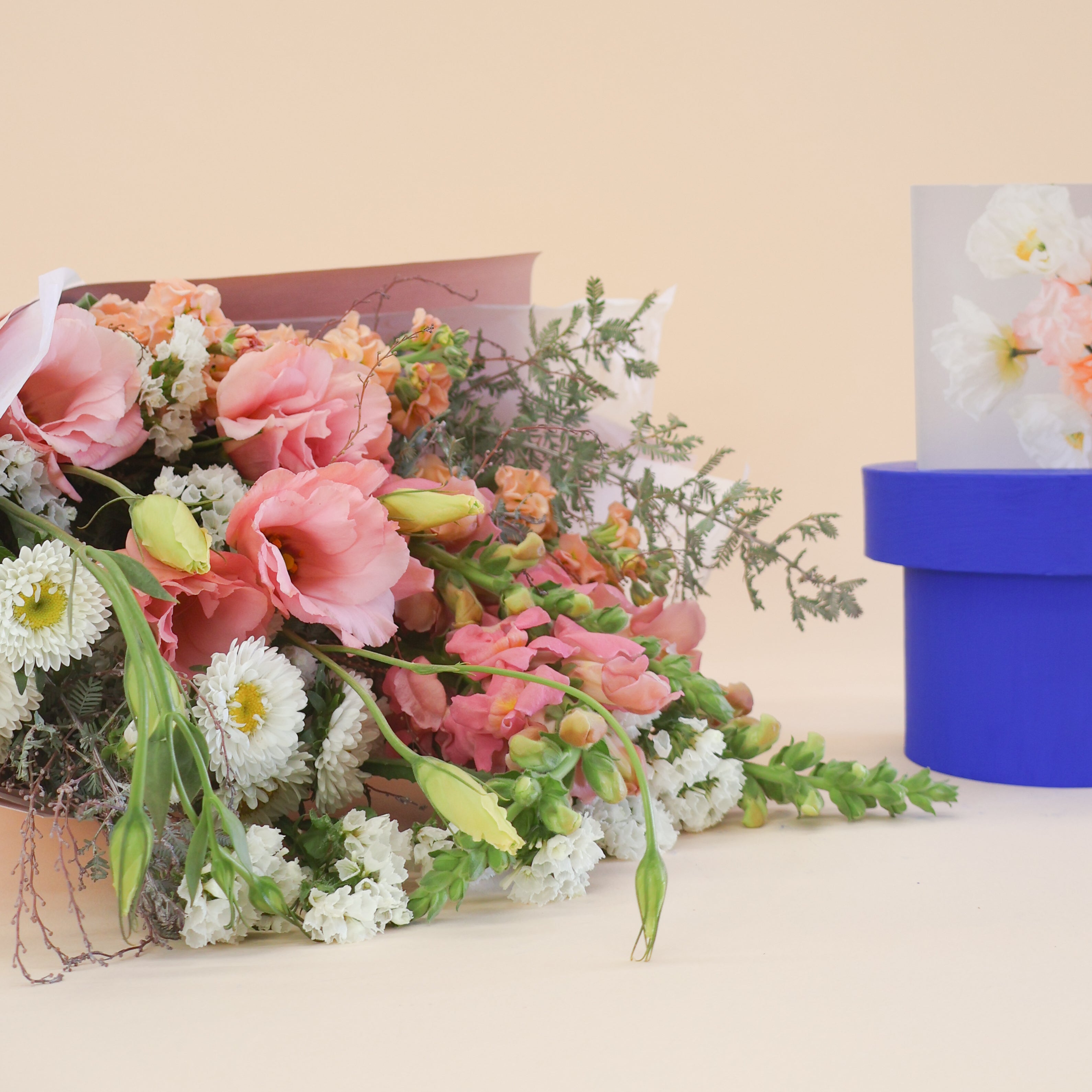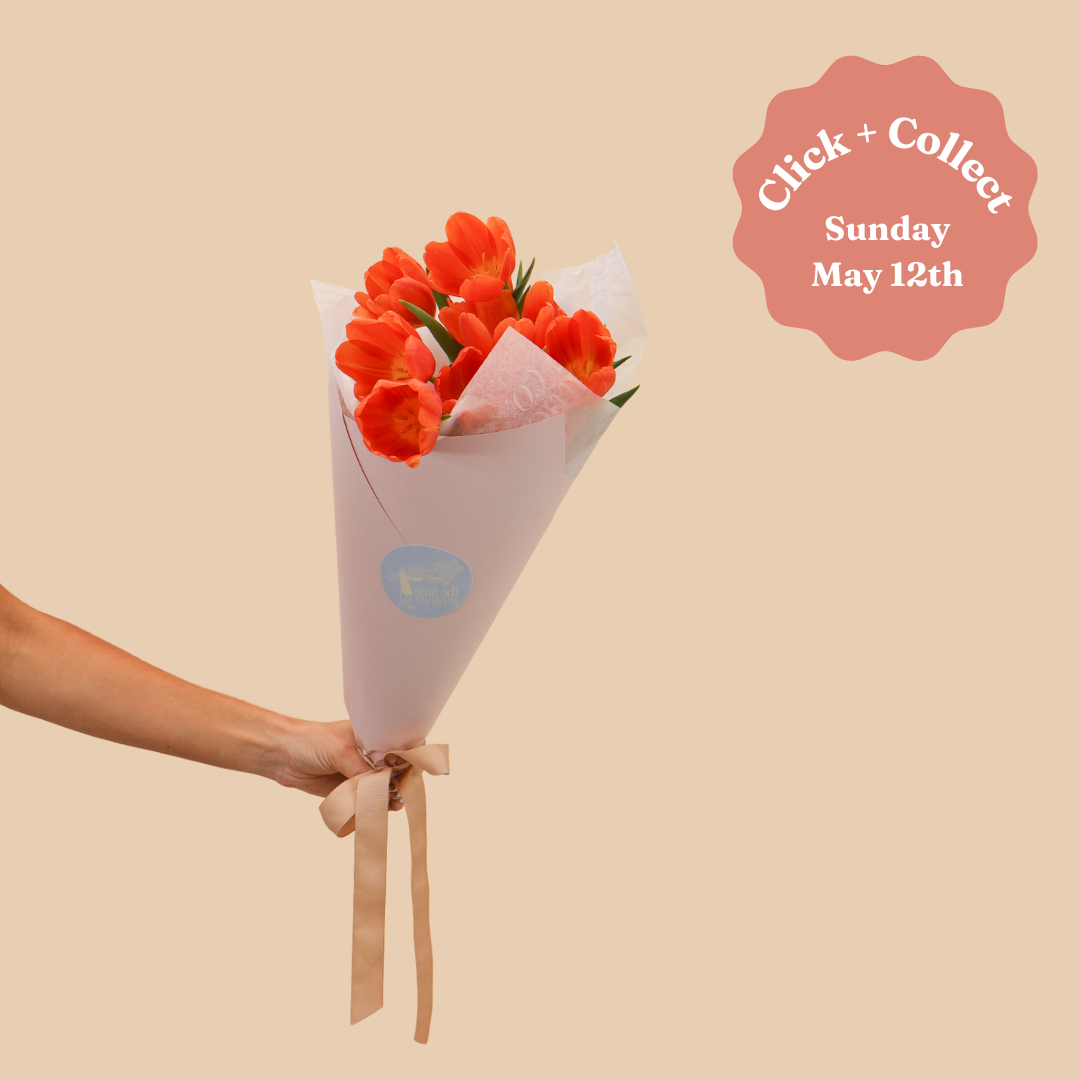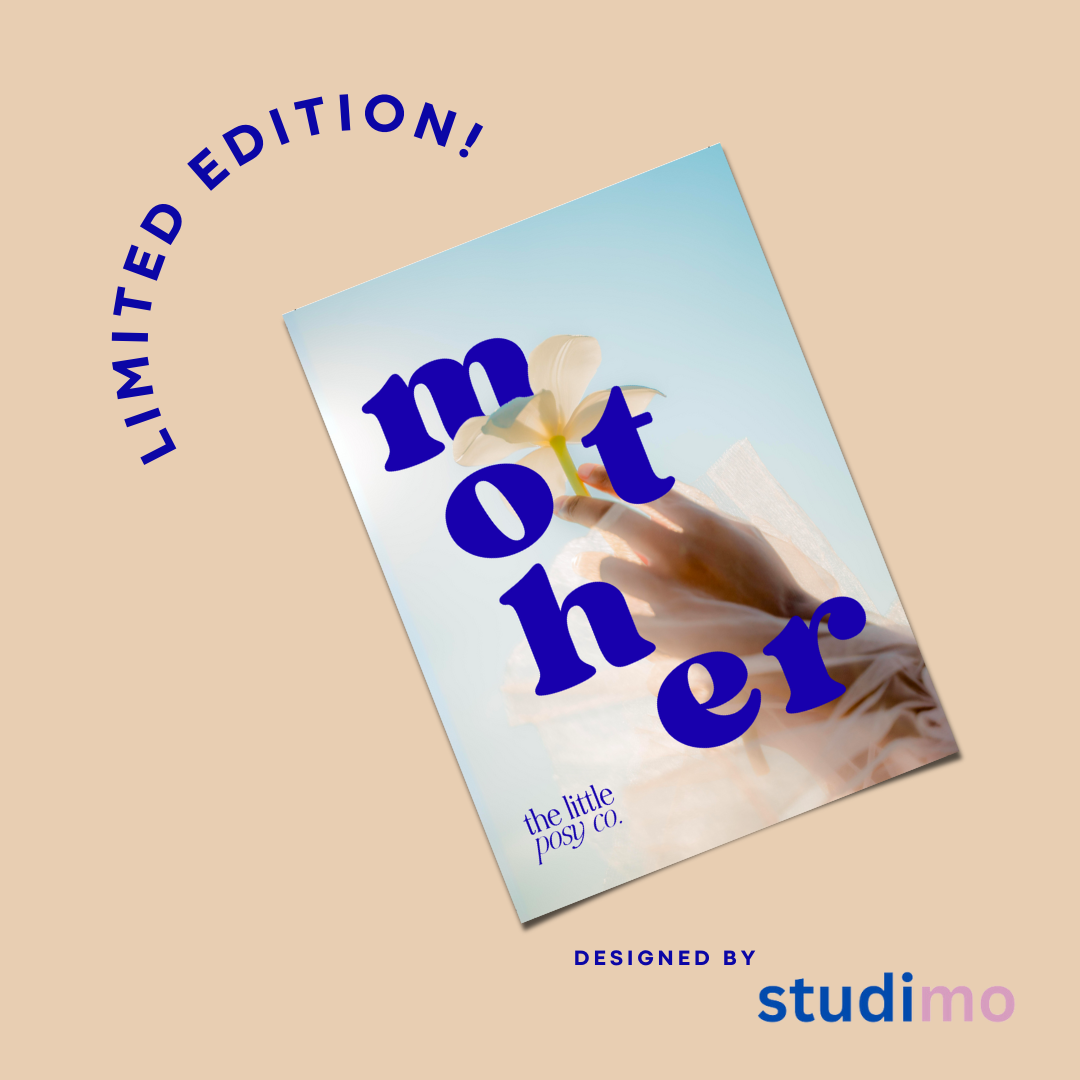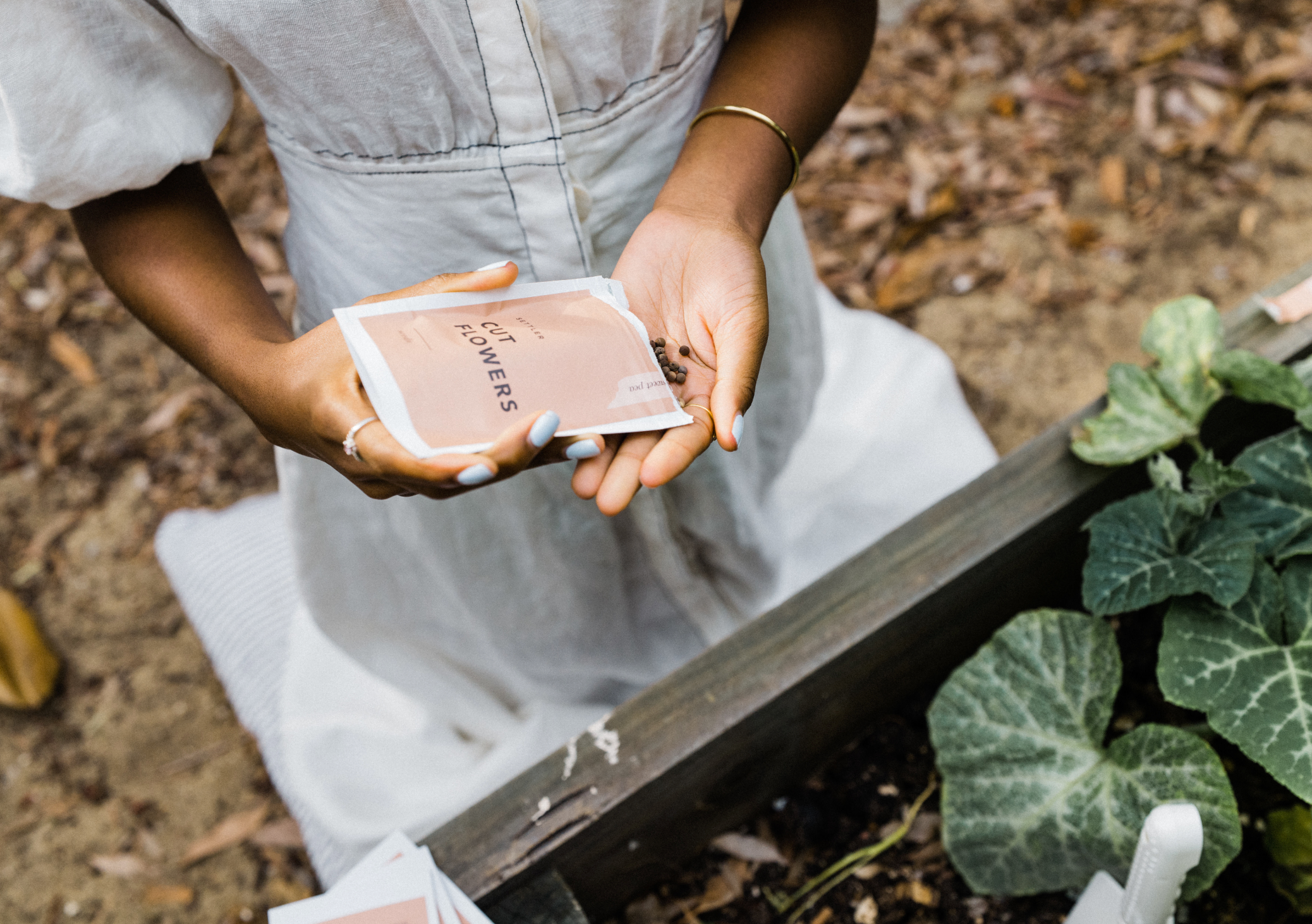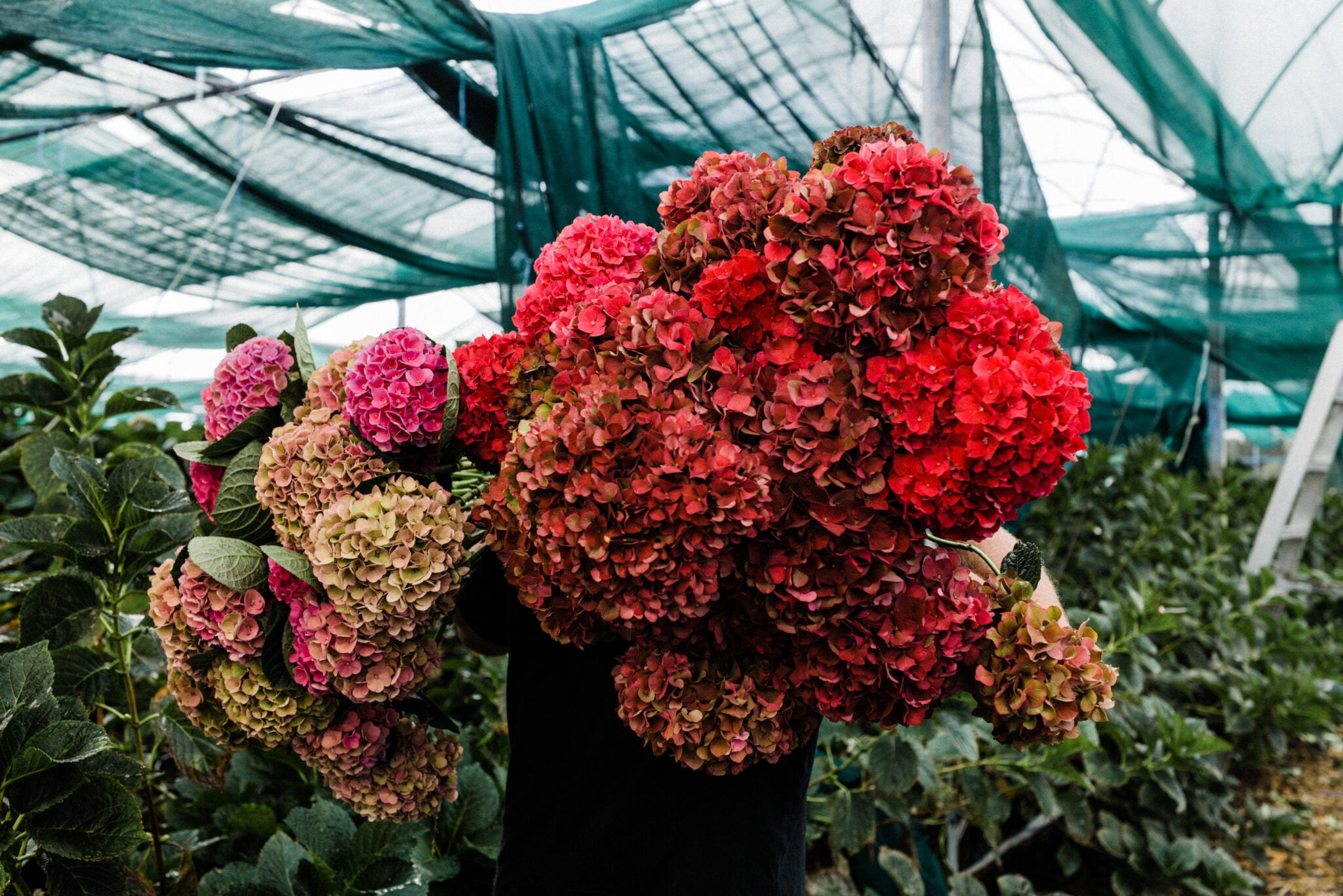
Meet Our Local Growers
This month on our Journal, we wanted to give our community a little insight into the farms we source from and introduce some of the incredible flower farmers we work with here in WA. We’re truly in awe of their passion and dedication to healthy, homegrown blooms, and we feel privileged to be able to work together with them. The majority of our blooms come from right here in Perth or further afield in Western Australia. There are many reasons we choose to source them locally, from minimising our carbon emissions to working with healthier blooms. A real bonus has been getting to know our farmers personally, learning about their operations, and exploring their farms.
Meet The Growers
Alan Niven
Aldengga Roses Est. 1984, Baldivis, WA
Grows: Hydrangeas, Roses, Sedum, Echinacea
Q: How does being a West Australian grower compare to growing in the eastern states or internationally?
A: It is more challenging due to the size of the market. Such a small market can be flooded very easily by flowers grown locally or from over east and overseas. Eastern states growers have access to three major city markets so they can attain economies of scale more readily.
Q: What are the wider benefits of buying locally grown flowers rather than imported ones?
A: From an economic view, the total price of the flower bunch stays in the local area, which then flows to other parts of the economy. Also, maintaining diversity in the flower supply chain means global or national level supply shocks like Covid-19 aren’t quite as problematic for the industry. Environmentally, having a local supply base means fewer carbon miles and less packaging. In terms of freshness, hydrangeas picked the day before will have a longer vase life than if imported or transported from over east.
Q: What methods do you use to control weeds and pests? Do you rely on chemicals, or do you integrate biological processes?
A: We use integrated pest management to control pests. This involves using biological insects to maintain a balance to limit damage and chemicals as a last resort. Hydrangea is a crop that can be managed this way very effectively. Hydrangeas are very sensitive to chemicals, so they are used at a minimal level. We use banker plants like basil and other flowering plants to act as breeding grounds for the predatory mites and insects used to combat pests. Some crops I grow are attractive to predatory insects, which creates a farm-wide ecosystem that hopefully allows pests to be managed more effectively. These crops, like Sedum and Echinacea, are also attractive to bees.

Jade and Laura Thorpe
Yelverton Protea Est. 2012, Margaret River Region, W.A
Grows: Proteas, Leucadendron, Blushing Bride
Q: How does being a West Australian grower compare to growing in the eastern states/internationally?
A: Western Australia’s vast size and small but sprawling population, as well as high labour costs in comparison to other flower growing regions such as South Africa, Ecuador, and the US, can be problematic for reaching the market economically. We are very fortunate in the Margaret River region to be able to source a hard-working labour force regularly. As well as our unique place in the world, we can differentiate ourselves from these regions with quality and seasonal differences.
Q: Why is it so important for florists to support local growers and businesses like yours?
A: Local support is incredibly important for any local industry to survive. The side effect of Globalism is that many of our small players are forced out of business as they cannot compete with international markets with cheaper costs. This is prevalent in many degrees of farming and industry. This is also one of the main reasons that Yelverton became a direct-to-florist grower – to survive, thrive and be able to produce new and exciting export quality blooms to our local markets.
Q: What are the wider benefits of buying locally grown flowers rather than imported ones?
A: First and foremost, quality is always best when least travelled. We know this about the fruit and veg we consume – it’s no different for flowers. The impact on the environment is also reduced – something we are all very conscious of.
Q: What methods do you use to control weeds and pests? Do you rely on chemicals, or do you integrate biological processes?
A: We strive to be as natural as possible for not only the health of the plants but for our customers and of course our family, who live and work on our farms. We plant larger plants that are more established and above the weed line. Hence, we use no weed killing agents. Minimal amounts of chemicals are used at strategic times to maintain plant health and appearance.
Cees and Wilma Koeman
Viewtime Flowers Est. 1992, Munster, W.A
Grows: Lisianthus, Stock, Snapdragon, Scabiosa, Ranunculus, Delphinium, Statice
Q: What makes Perth’s climate good for growing the flowers you grow? What makes it difficult?
A: There’s high light intensity, which makes growing easier. Plants need light to grow. If you have high light intensity like here, where we have a lot of sunshine, it helps. Our climate is moderate through the year, although sometimes it is very dry, but because we grow in greenhouses it is easier to manage. If we have a normal summer, there are a couple of hot days and then it cools down again. But when it is really, really hot every day, it makes it very difficult, and all your planning goes out the window. We want consistent production and consistent quality so that’s very important to us.
Q: What is the hardest part about being a flower grower?
A: I always say if it is just a job for you and not a lifestyle, then don’t do it because it is a tough job. As long as it’s rewarding, then it is worth it. If you do it well, have a consistent supply and quality flowers then the cash flow keeps on coming because the cost of growing flowers is really high. You have to put in a lot of money before you harvest. I’m looking after that flower for three months then a florist picks it up in the morning and it’s sold by lunchtime – they’re looking after that flower for four hours. It is a constant 24/7 job. If you don’t have that passion, and that’s the same for the girls who work with us, it’s not going to work.
Q: What are the wider benefits of buying locally grown flowers rather than imported ones?
A: You’re supporting the people who live around you. That’s how we keep things going. It is a circle. If you send money overseas, then it’s gone. People more and more are trying to buy local or at least Australian made, and we just need to keep educating. Our flowers are fresh, the logistics are reduced, and they are not dipped in Roundup or fumigated like imported flowers to stop them from being propagated. The carbon footprint is also reduced, which is obviously positive.

MOTHER'S DAY DELIVERY
Blooms For Mum
